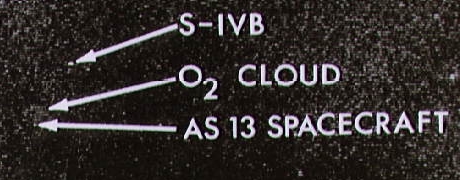
Chabot Space and Science Center played a crucial role in the final phases of Apollo 13 on April 17, 1970. Part of the optical tracking network, Chabot’s 20-inch refracting telescope helped bring Apollo 13 and its crew home.
About Apollo 13
Planned to be the third lunar landing attempt, Apollo 13 was aborted after an oxygen tank ruptured on board. The explosion forced Apollo 13 to circle the moon without landing. Even so, it was considered a “successful failure” due to lessons learned when rescuing the Apollo 13 crew.
To compute the crippled spacecraft’s re-entry into the Earth’s atmosphere, NASA needed a precise position of the spacecraft that was only attainable by telescopic observation.
Chabot’s Role in History
All the observatories that could have helped locate Apollo 13 were clouded over, except Oakland’s Chabot Observatory.
“As the only observatory with clear skies and tracking Apollo 13 at the critical time, in response to NASA’s urgent phone call, we provided to NASA/Houston critical real-time positional information to assist in the manual re-entry of Jim Lovell and his crew,” said Terry Galloway, team leader for Apollo tracking at Chabot Observatory.
Members of the Eastbay Astronomical Society had been tracking the Moon flights. EAS members received an urgent call from NASA Ames Research Station, which had ties with Chabot’s educational program since the 60’s, and they put the Observatory’s historic 20-inch refractor to work. They were able to send the needed data to NASA Ames Research Center and the Apollo crew was able to make the needed correction and to return safely to Earth.
This moment in observational history utilized Chabot’s three telescopes: the 20″ Brashear Refractor, the Mellish-Smith 9.5″ refractor, and the Alvan Clark 8″ refractor with the help of many high school students and some college students.
“This Apollo optical tracking program was a great success for us and changed the lives of many of our students, most of whom have entered various fields of science and some particularly noteworthy in astronomy today,” said Galloway.





